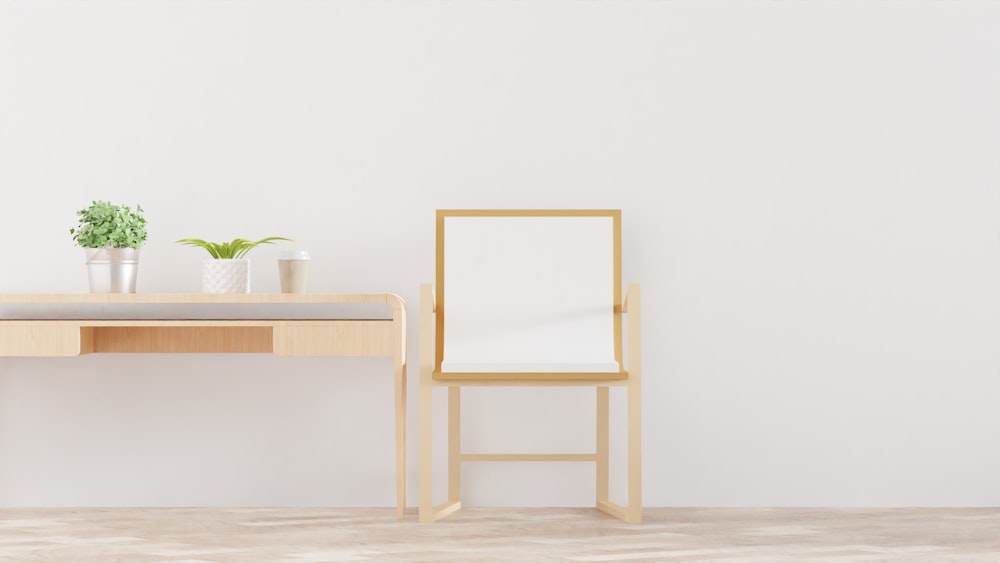The Essence of Minimalism
In a world filled with distractions and excess, embracing simplicity has become a guiding principle for many. Contemporary minimalist interiors offer a retreat from the chaos of modern life, providing a serene and uncluttered environment that fosters tranquility and peace of mind. From clean lines to subdued color palettes, minimalist design celebrates the beauty of simplicity in all its forms.
Clean Lines and Uncluttered Spaces
At the heart of contemporary minimalist interiors are clean lines and uncluttered spaces. Furniture and decor are carefully curated to eliminate unnecessary distractions, allowing each element to stand out and make a statement on its own. Spaces are kept open and airy, with a focus on functionality and efficiency. By stripping away the excess, minimalist interiors create a sense of calm and clarity that promotes relaxation and mindfulness.
Subdued Color Palettes
Minimalist design is characterized by subdued color palettes that evoke a sense of tranquility and sophistication. Shades of white, gray, and beige are often used as the primary colors, with pops of muted tones or natural hues to add depth and warmth to the space. By keeping the color palette simple and understated, minimalist interiors create a cohesive and harmonious environment that feels timeless and elegant.
Functional and Thoughtful Design
In minimalist interiors, every design choice serves a purpose. Furniture is selected for its functionality and versatility, with an emphasis on quality and craftsmanship. Multi-functional pieces, such as storage ottomans or convertible sofa beds, maximize space and minimize clutter, while thoughtful design details, such as hidden storage solutions or integrated lighting, enhance the overall aesthetic and functionality of the space.
Natural Materials and Textures
Minimalist interiors often incorporate natural materials and textures to add warmth and visual interest to the space. Wood, stone, and metal are commonly used to create a sense of connection to the natural world, while soft textiles and tactile surfaces provide comfort and coziness. By bringing the outside in, minimalist interiors blur the boundaries between indoor and outdoor living, creating a seamless and harmonious environment that promotes well-being and relaxation.
Maximizing Light and Space
Light and space play a crucial role in minimalist design, with an emphasis on maximizing natural light and optimizing spatial flow. Large windows, skylights, and glass doors are used to flood the space with sunlight, creating a bright and airy atmosphere that feels open and inviting. Strategic placement of furniture and decor ensures that each area of the room feels spacious and uncluttered, with plenty of room to breathe and move freely.
Personalized Minimalism
While minimalist design is often associated with a stark and austere aesthetic, contemporary minimalist interiors can be surprisingly warm and inviting. By incorporating personal touches and meaningful objects, such as artwork, family photos, or cherished mementos, minimalist interiors can reflect the unique personality and lifestyle of the inhabitants. Ultimately, minimalist design is not about deprivation or austerity, but rather about creating a space that is intentional, meaningful, and conducive to living well. Read more about contemporary minimalist interior design










